Culinária da Califórnia e o Movimento da Fazenda à Mesa
40 minuto lido Descubra como a culinária da Califórnia moldou o movimento da fazenda à mesa, destacando produtos sazonais, abastecimento sustentável, chefs pioneiros e a vibrante cultura gastronômica que conecta produtores, mercados e restaurantes pelo Estado Dourado. outubro 07, 2025 03:09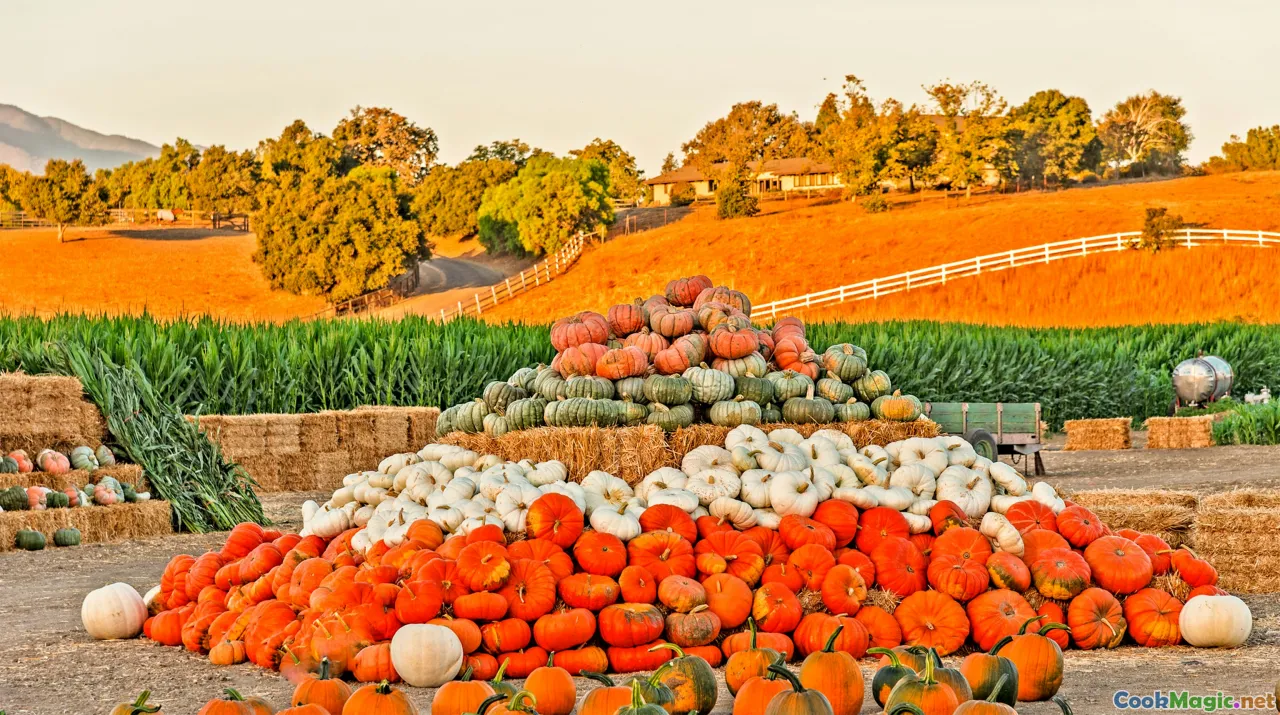
The morning I fell in love with California cuisine smelled like wet fennel and surf. It was a Friday at the Ferry Plaza Farmers Market in San Francisco, fog lifting off the bay like steam from a clam pot. A crate of dry-farmed Early Girl tomatoes sat beading with dew; someone behind me asked if they were as good as last week. The farmer shook his head and grinned: even better. Next stall over, a stack of padrón peppers wore a dusty olive sheen, thin-skinned and ready to blister. I pocketed a lemon the color of a school bus and softer than an apology. Nearby, the sound of oyster knives clipping shells was like punctuation in a poem: soft, certain, opening.
This is California cuisine to me: weather and water turned into flavor; restraint masquerading as abundance; the discipline of doing less until the ingredient says more. The farm-to-table movement did not invent any of that, but it gave the language and the muscle to insist on it, to make farmer names appear on menus alongside dishes, to make chefs ask the soil for permission before asking diners for trust.
What California Cuisine Really Means
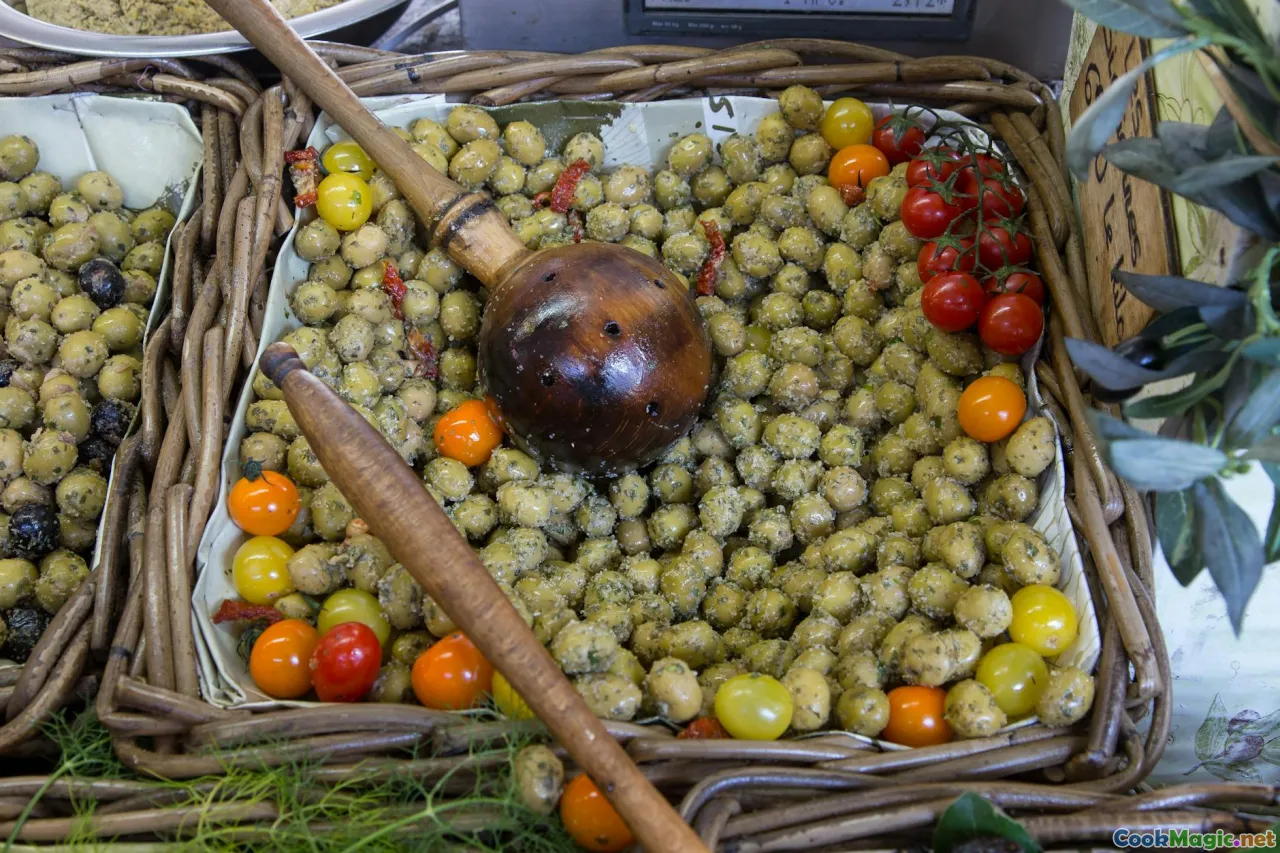
California cuisine is a set of values disguised as a style. If classic French cuisine can be an edifice—sauces, systems, geometry—California cuisine is a window flung open. You taste sunshine, fog, and the particular shiver of ocean breeze on the palate. It is ingredient-driven, yes, but the word ingredient in California comes to mean a tomato in a precise week of its life; an anchovy that met the net at dawn; a Meyer lemon whose skin is the fragrance of sherbet and honey, not mere acidity.
Think of a dish as simple as a salad of Little Gem lettuces, torn by hand, cool and frilled like seafoam, with a green-garlic dressing that smells like spring rain on asphalt. Or grilled Monterey Bay squid with charred scallions and a squeeze of the lemon you carried home like a talisman. The technique is often Mediterranean—olive oil, grill, braise—but the produce sings in an unmistakably Californian key: bright, clean, italics rather than bold.
There is a myth that California cuisine is just salads and sunshine. Spend a night in Santa Maria inhaling the perfume of red oak smoke twisting around a Santa Maria–style tri-tip, crusted with garlic and black pepper, and you will understand the depth of its fire. Wander through Koreatown in Los Angeles where soju and ssamjang meet Santa Barbara uni; or step into a Fresno backyard where a grill smokes with apricot wood, peaches blackening into candied crescents for salsa. California cuisine is not only light; it is as complex and layered as the state’s topography.
A Short History: From Chez Panisse to the Farmers Market Boom
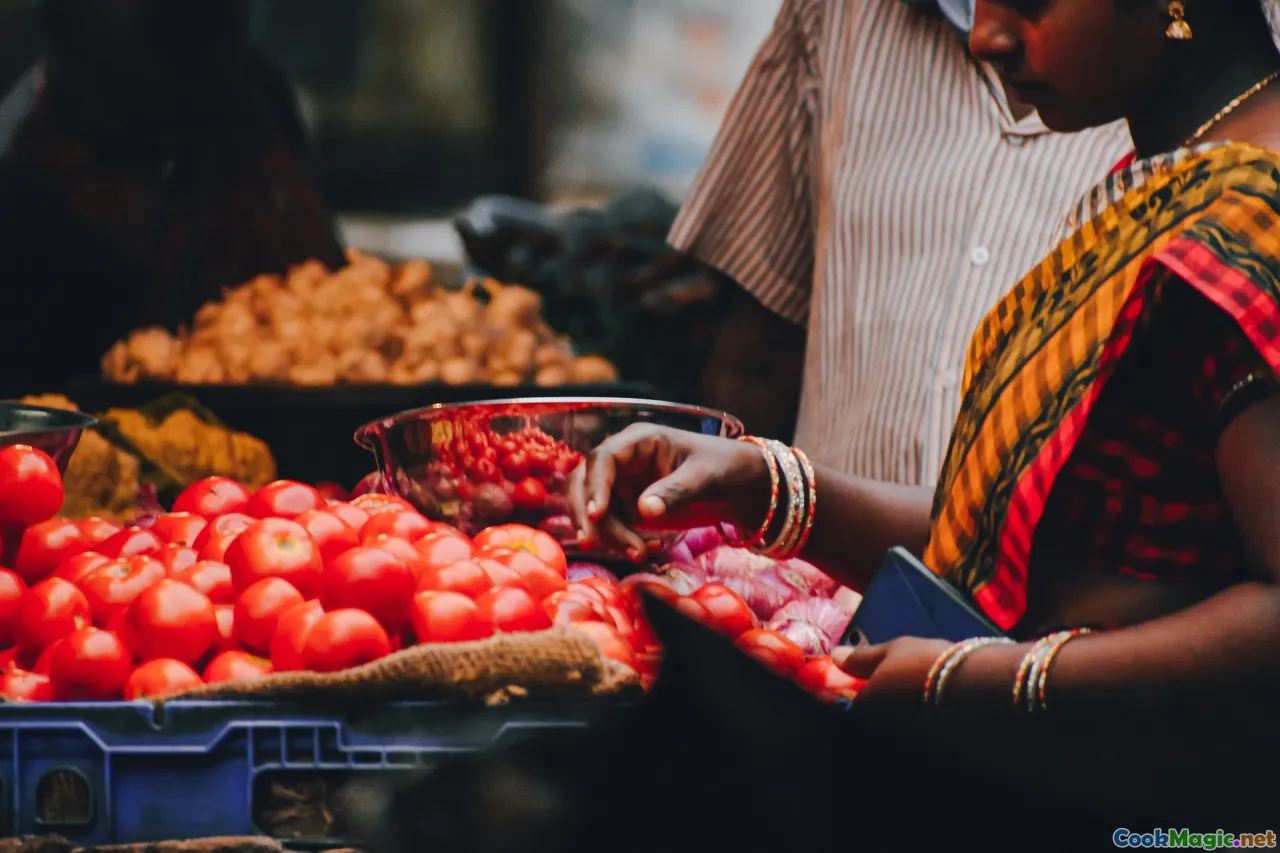
The story usually begins in Berkeley with a dining room that looked like someone’s idealized living room. Chez Panisse opened in 1971, and Alice Waters did something radical: she took French ideas about simplicity, seasonality, and civility, and grafted them onto Northern California’s orchard-and-oyster ecology. Dishes were composed like short stories with small, telling details: a perfect nectarine sliced and fanned, a roasted pepper glossed with oil the color of a green hillside, a tart crust that shattered like thin glass.
Jeremiah Tower refined the style, Wolfgang Puck popularized it on a glamorous stage at Spago by handing smoked salmon pizzas to the Hollywood set, and across the Bay, Zuni Café turned roast chicken into a love letter to bread salad: bitter frisée wilted by pan drippings, pine nuts popping like little secrets. Thomas Keller’s French Laundry polished obsession into deity, tending a kitchen garden like a monk might tend a manuscript.
Meanwhile, California Certified Organic Farmers helped codify values of organic agriculture, and the farmers market system began to swell: Santa Monica on Wednesdays, spreading down to the edges of the Pacific where the cilantro smelled like green static, and up to Ferry Plaza on Saturdays with a symphony of stone fruit in July. In Sacramento, the city started calling itself America’s Farm-to-Fork Capital, and it wasn’t just tourism speak: the Sacramento Valley pumps out rice, tomatoes, and almonds that feed the nation.
By the early 2000s, CSA boxes plopped onto front porches like edible newsletters. Restaurants printed farmer names—Chino Farm, Dirty Girl Produce, Windrose Farm—onto menus as if they were co-authors. The farm-to-table movement, sometimes criticized for becoming a marketing trope, nevertheless gave meaningful, public credit to the producers and led chefs to write menus in pencil, changing by the day.
The Geography of Flavor: Coast, Valley, and Mountains
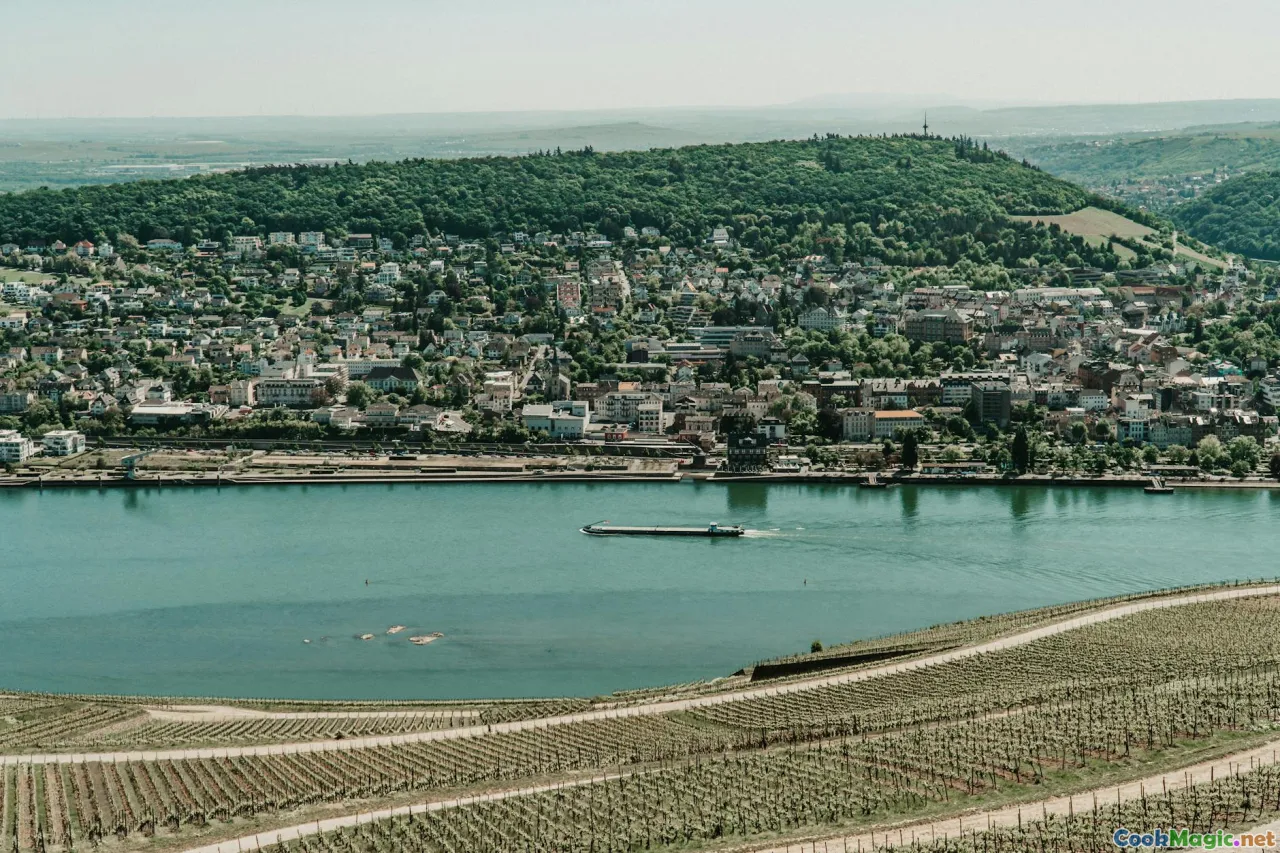
California cuisine tastes different depending on where you bite it.
-
Coast: Este é o hálito de algas marinhas e o sal frio. É o vapor do caranguejo Dungeness perfumando a cozinha no final do outono, a doçura-noz de camarões de Santa Barbara, e o beijo de sal das ostras Hog Island, firmes o suficiente para mastigá-las uma vez antes de derreterem. Vegetais do mar—alface-do-mar rosada, nori—entram em caldos e em massas de empanar. Os ventos de Monterey mantêm as alfaces crocantes; a névoa funciona como uma despensa gelada para morangos em Watsonville, o açúcar se acumula lentamente como economias.
-
Central Valley: O vale cheira a videiras de tomate aquecidas pelo sol, o verde fica grudado às suas mãos mesmo depois de lavar. Define a despensa da Califórnia: amêndoas com amargor floral, damascos melados que rasgam a costura, frutos de caroço que fazem padeiros nascerem nas pessoas que dizem não assar. Você saboreia poeira e sol, da melhor forma: figos que parecem couro amolecido com doce dentro, melões com perfume que se pode saborear de uma sala para outra.
-
Mountains and foothills: As encostas da Sierra rendem flores silvestres que alimentam abelhas que produzem mel selvagem com uma borda muscular e resinosa. Em Mendocino e Sonoma, o chão da floresta vai ao prato: cantarelos após as primeiras chuvas cheiram a damasco e à floresta, porcinis como biscoitos terrosos e limpos. Oliveiras ondulam em Sonoma: óleos verdes cortam como cítrico e pimenta.
California também sabe o que o clima exige. Em anos de seca, você prova concentração. Tomates cultivados sem irrigação da costa têm cascas grossas e uma intensidade salina, como pasta de tomate vestindo um vestido de verão. Em anos úmidos, vegetais incham como velas, e caçamos texturas delicadas—talos de celtuce estalando como aipo suculento, alface de mineiro com folhas em formato de disco brilhantes.
From Field to Plate: A Cook’s How-To for True Farm-to-Table
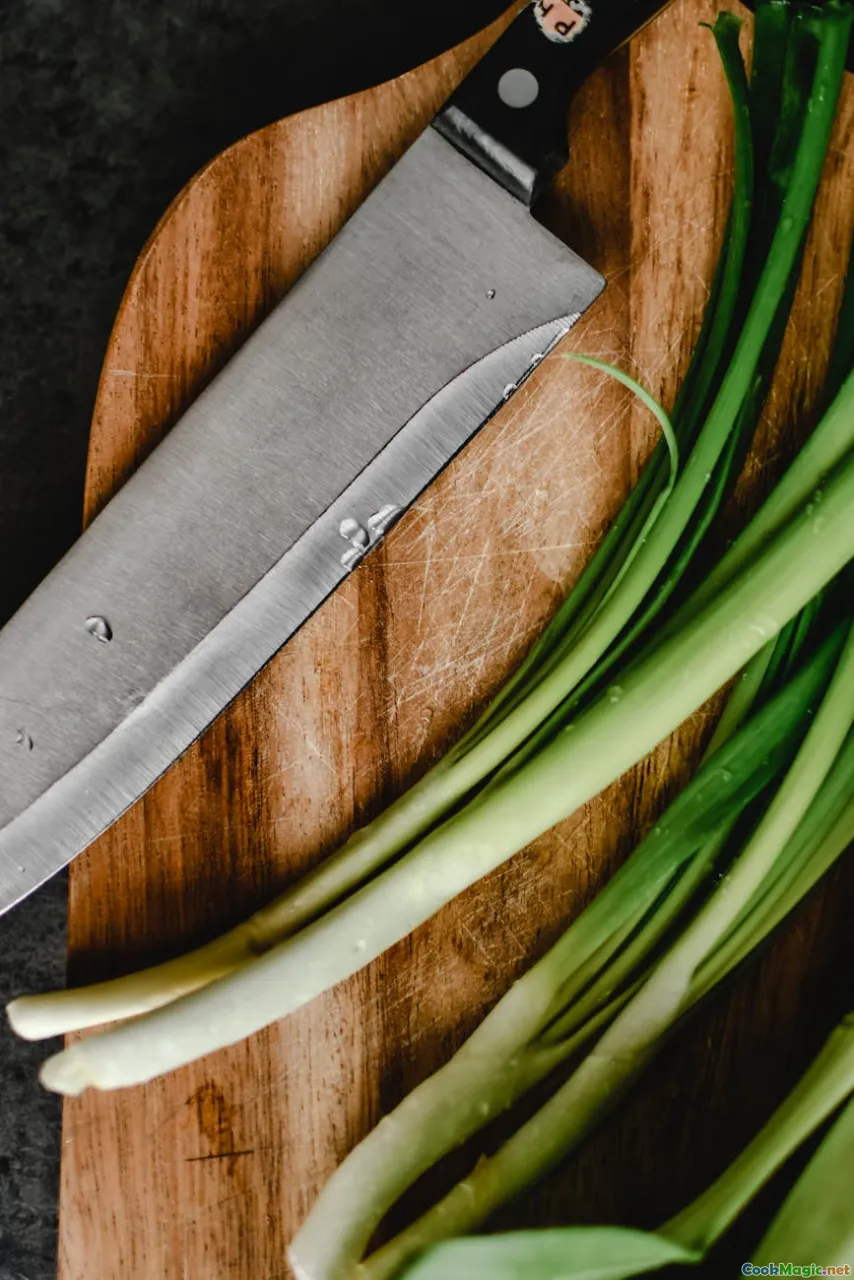
Farm-to-table can get slogan-heavy, but in the kitchen it is practical:
-
Buy with your senses, not a list. When you arrive at a market, touch and sniff before you plan. A tomato should have weight; a peach should perfume your skin when you hold it. Ask the grower when they picked it; yesterday is often ideal for stone fruit, same day for greens, last week for storage onions.
-
Build menus around one hero ingredient. If the radicchio is sulking and cold but beautiful, imagine it grilled with anchovy creme fraiche. A head of romanesco glowing chartreuse suggests a quick steam and a gloss of olive oil, lemon, and toasted almonds.
-
Edit technique. California cuisine loves a good char: grill artichokes until their edges blacken, then glaze them with a green garlic aioli that tastes like the garden’s first whisper. Blister padrón peppers in a dry pan, shower with flaky salt and lemon zest so fragrant it is almost floral.
-
Season with acidity as much as salt. Meyer lemon zest performs a kind of magic, turning cream hypnotic, fish opalescent. Rice vinegar, fig vinegar, verjus from Sonoma—each has a place.
-
Respect the calendar. In January, do not pretend. Embrace brasicas: broccoli raab bitter and sappy, kale so cold it crunches. In July, do as little as possible: slice, sprinkle, taste.
Two sketches for your own California-leaning home menu:
-
January: Warm chicories with pancetta and Rancho Gordo cranberry beans, their skins like satin and interiors creamy as custard. Slow-roasted Klamath River steelhead with citrus and fennel, the fennel fronds perfuming the fish like an herbal halo. For dessert, satsuma granita with a tuft of whipped creme fraiche and a scatter of pomegranate seeds that break with a wet snap.
-
August: Heirloom tomato carpaccio with torn mozzarella, fruity olive oil from McEvoy Ranch, and basil bruised between fingers. Charred sweet corn with butter whipped with smoked paprika and lime; grilled king salmon painted with miso and apricot glaze; sliced nectarines with a spoon of ripple-cold ricotta and honey from Sonoma that tastes faintly of wild thyme.
A Day at the Ferry Plaza Farmers Market
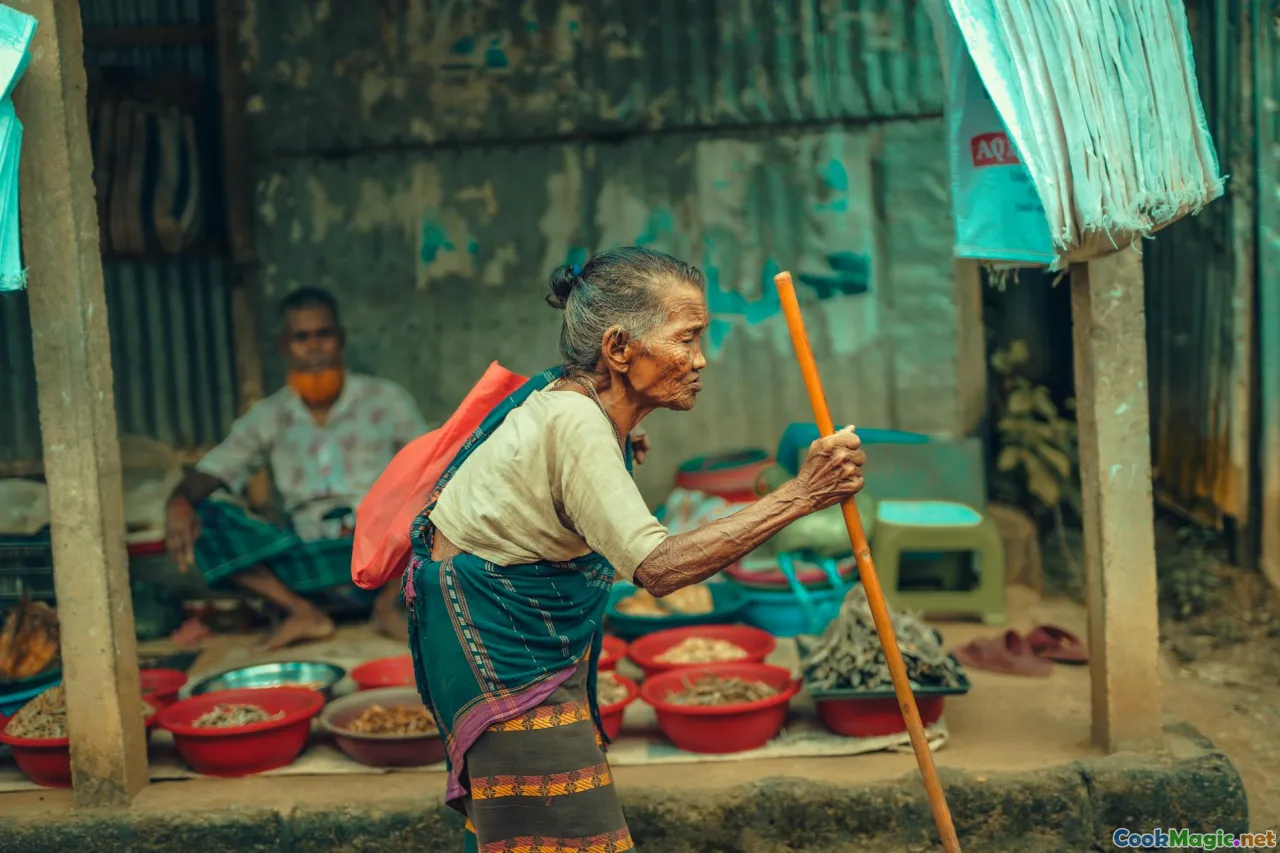
I arrive hungry. The first bite is always a strawberry from a friendly feud of growers: the Oxnard camp claims deep sweetness; the coastal Watsonville camp counterclaims berry that tastes like morning fog and sunshine. This time, Watsonville wins. The strawberry is the color of neon and tastes like a promise kept.
I drink a paper cup of Blue Bottle coffee whose smoke-singed aroma holds the hand of the bakery stand down the row, where a sourdough loaf from Acme Bread hums with lactic tang. Farther down, I stop at a table covered in flowering herbs: pineapple sage, lemon verbena, and a bouquet of dill whose smell is summer’s green signature. A woman demonstrates zucchini blossoms. Hold them gently, she says, as if you were catching a moth in your hands. Later I will fill them with ricotta and a smear of anchovy, fry them until they shatter like spun sugar, then drag them through a lemon-herb drizzle.
At Hog Island, I slide oysters into my mouth and feel the bay breathe back. They are cold, bright, and mineral; the liquor is like a bell’s clean ring. The oyster knife leaves little scars on the shells that look like writing; I imagine all of it spells out: eat now, while the tide still tickles the mudflats.
On the way home, my basket is heavy with a still-warm roast chicken from Roli Roti, its fat perfuming everything with the scent of rosemary and caramelized onions. Back in my kitchen, I tear tomatoes with my hands and catch their seeds like jewels. I toss them with salt, olive oil, and the tears of the chicken. Dinner happens without a recipe.
Northern vs. Southern California Plates
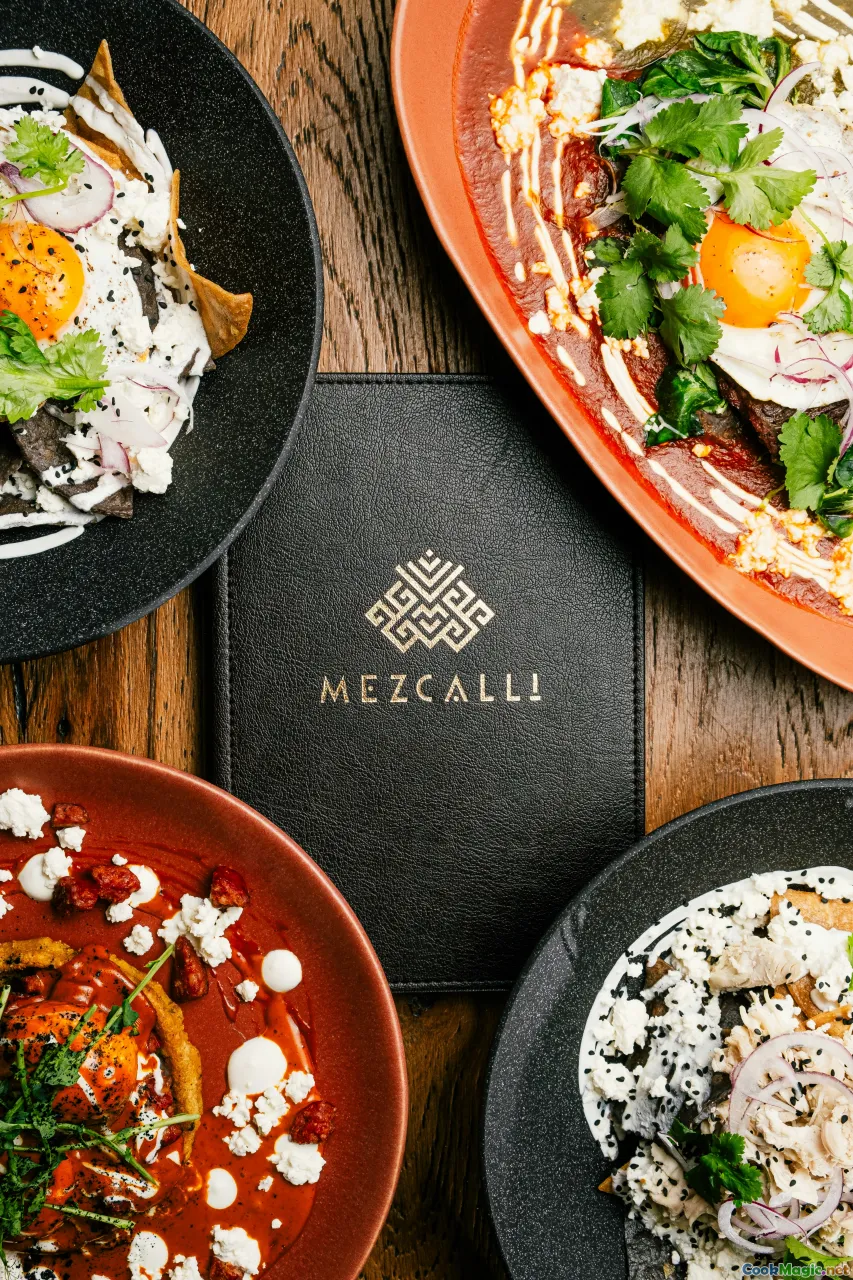
Northern California’s food leans into the fog and forest. You taste mushrooms, bitter greens, and a restrained acidity. Restaurants like Zuni Café and State Bird Provisions sharpen the palate with crisp greens, tart pickles, and crackling textures. A NorCal bowl might be Dungeness crab with grapefruit and shaved fennel, dill whispering in the background, bread on the side made with wild yeast that tastes like rain.
Southern California plates wear sunshine brazenly. LA condenses the globe into a neighborhood, so California cuisine there often collides joyfully with KBBQ, Oaxacan moles, and Japanese kaiseki. At Rustic Canyon in Santa Monica, a little gem salad might arrive with Persian cucumbers, herbs, and a tahini-lemon dressing bright enough to keep you honest. Down the block, someone is serving Santa Barbara spot prawns raw, the sweetness so intense it feels like fruit. Drive inland, and you find taco trucks with charred salsas that taste of blackened chilies and grilled tomatoes; the tortillas are warm as pockets.
Both regions share an ethos of lightness and produce worship, but the contrast is fun: NorCal is the minor key, woodsmoke, sourdough’s patient tang; SoCal is citrus fireworks, beach-salt breezes, and chiles that glow in the dark.
The Produce Pantheon: Avocado, Citrus, and Friends
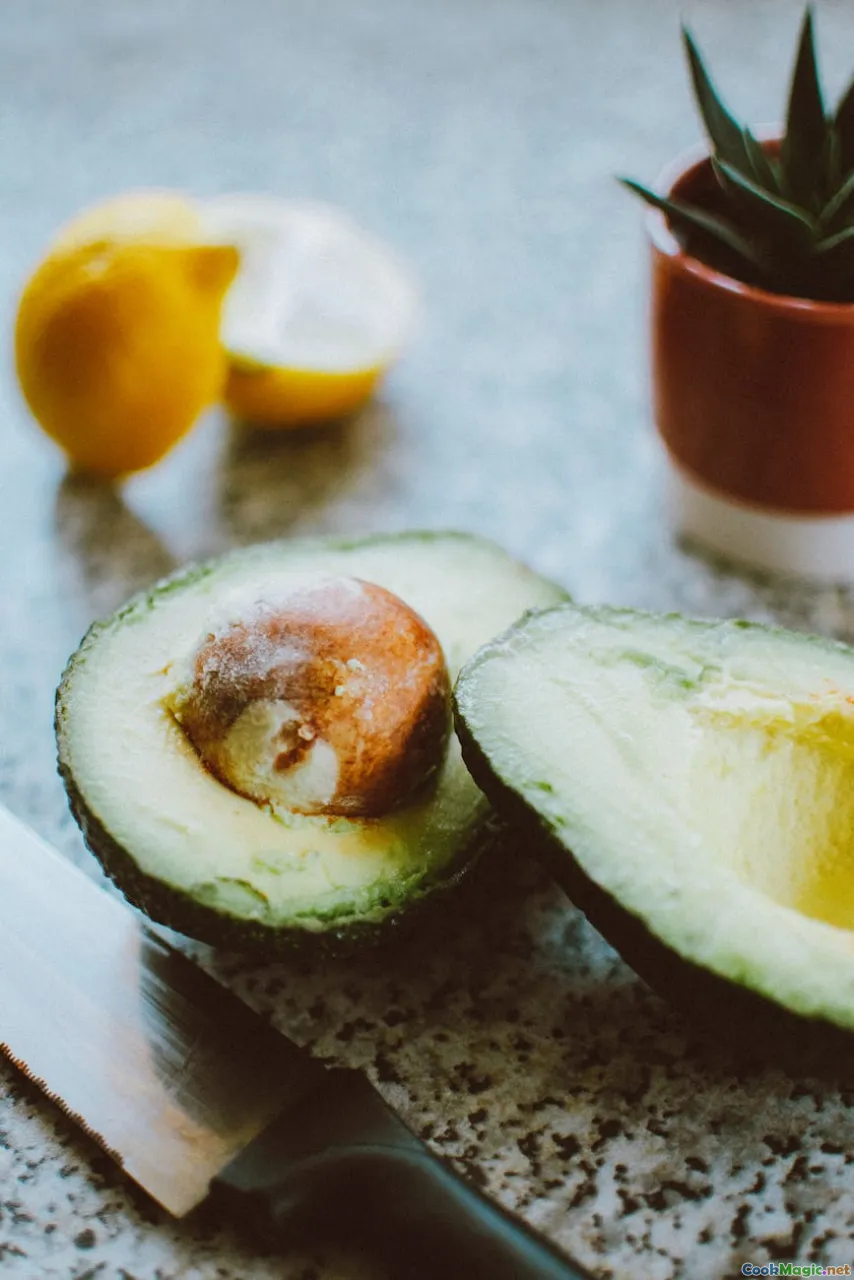
Avocado is a Californian love story. The Hass, with its pebbled skin and velvet interior the color of pale moss, was born in La Habra Heights. Slice it and feel the knife pull through like silk. The flavor is nutty, creamy, almost floral; it responds to acidity the way a shy person responds to humor—by opening up. A sprinkle of Aleppo pepper, a grating of lime zest, and the avocado becomes a dish. In California cuisine, avocado is not just guacamole; it is a green butter that gilds tostadas, softens grilled bread, and smooths smoothies into velveteen ripples.
Citrus is winter’s confetti. Blood oranges bleed magenta; Cara Caras bloom with pink grapefruit echoes; Meyer lemons make curd taste like kitchen sunshine. A salad of shaved fennel, blood orange, and black olives tastes like a Mediterranean dream that drifted ashore in Santa Barbara. Charred citrus halves squeezed over grilled artichokes release fragrant, slightly caramelized juice that hits the tongue like a jazz chord.
Stone fruit is the July cathedral. Apricots deserve reverence: their skins a suede delicate enough to blush if you breathe on them; the flesh tasting like honey scented with vanilla and almond. Peaches in the Central Valley carry their heat from the orchard to your palm; bite and the juice runs down your wrist, sticky-sweet, that perfume of summer skin that is almost indecent. Plums, especially Santa Rosa, flirt with tartness; bake them into galettes with a bitter almond frangipane and you will thank the bees. And persimmons in late autumn: fuyu crisp like a winter apple, hachiya that must turn custard-soft before it tastes like spiced honey.
Greens deserve their own liturgy. Little Gems snap and taste like cold butter. Chicories bite back, radicchio painted purple like wine. Chard tastes of iron and earth; kale, when massaged with olive oil and lemon, turns from a stern lecture to a friendly conversation. In spring, asparagus spears smell like rain on new grass; in summer, okra squeaks against the knife and loves high heat like a dancer loves a spotlight.
Seafood with a Conscience
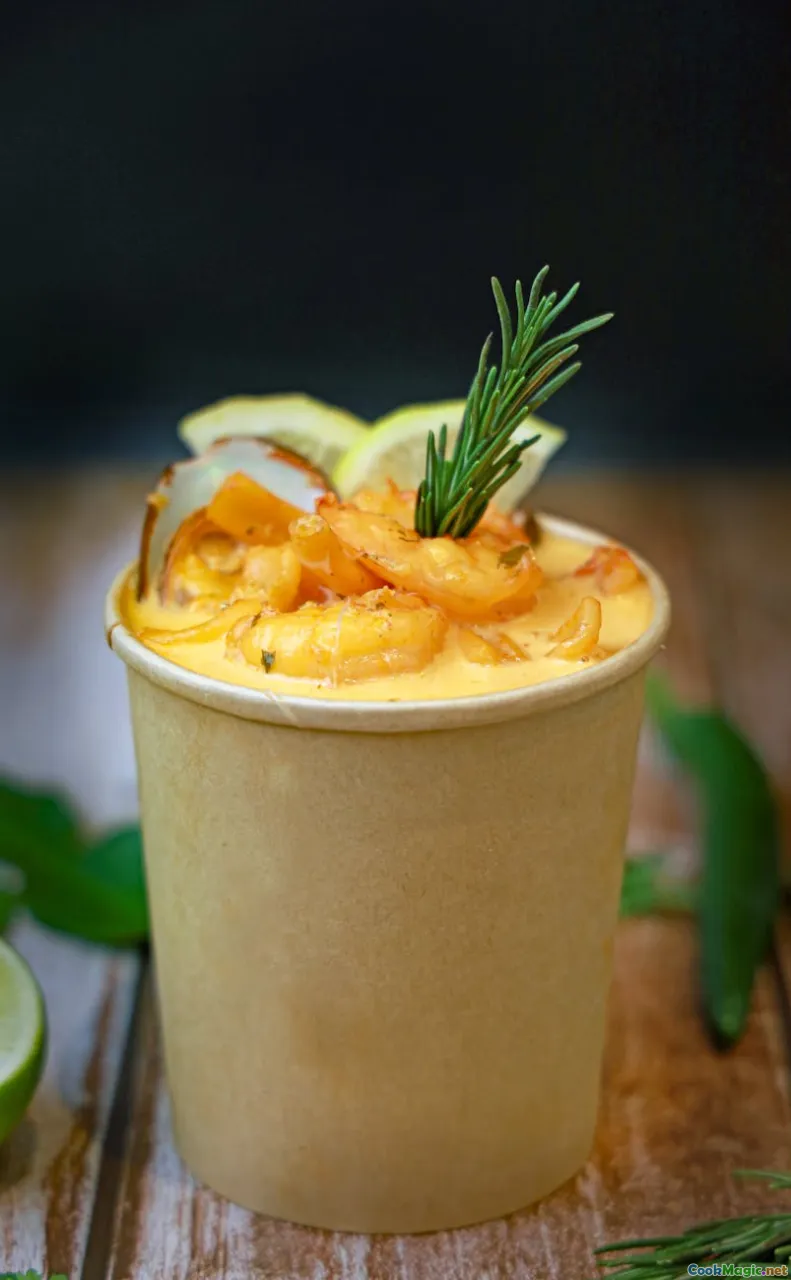
California’s coastline gives a seafood palette that rewards attention. Monterey Bay Aquarium’s Seafood Watch program changed how many of us shop, teaching cooks to ask about fisheries and methods: line-caught, trap, or trawl? Dungeness crab season—if delayed for whale safety—arrives like a holiday. Steam the crabs until the shells blush red and the kitchen smells like sweet seawater, then crack them while they are still warm. Douse in Meyer lemon, serve with drawn butter flecked with chives. The meat is sweet, clean, somehow both decadent and delicate.
Salmon here tastes like the cold river it comes from. Grilled over almond wood, the fat renders and the skin crisps until it shatters. Painted with a glaze of miso and apricot preserves, the fish sings a duet of salinity and stone fruit, which feels perfectly Californian.
Oysters in Tomales Bay are cool and mineral; at Drakes Estero, the wind slaps your face and the oyster liquor tastes like that wind. Uni out of Santa Barbara rides into LA restaurants on ice, tongue-textured and tasting like a briny custard with a whisper of sweetness; spooned over warm rice or nested in a lettuce wrap with shiso, it tastes like an ocean secret you were lucky to hear.
Anchovies are having their own revival; cured in citrus and olive oil, they are tender sparkles on toast with shaved fennel and lemon zest. Spot prawns, when alive moments before cooking, pop as you bite; their sweetness is immediate, almost implausible. Farm-to-table in seafood means honoring seasons and avoiding greed; it is knowing when the ocean needs a rest.
Grains, Beans, and the California Larder
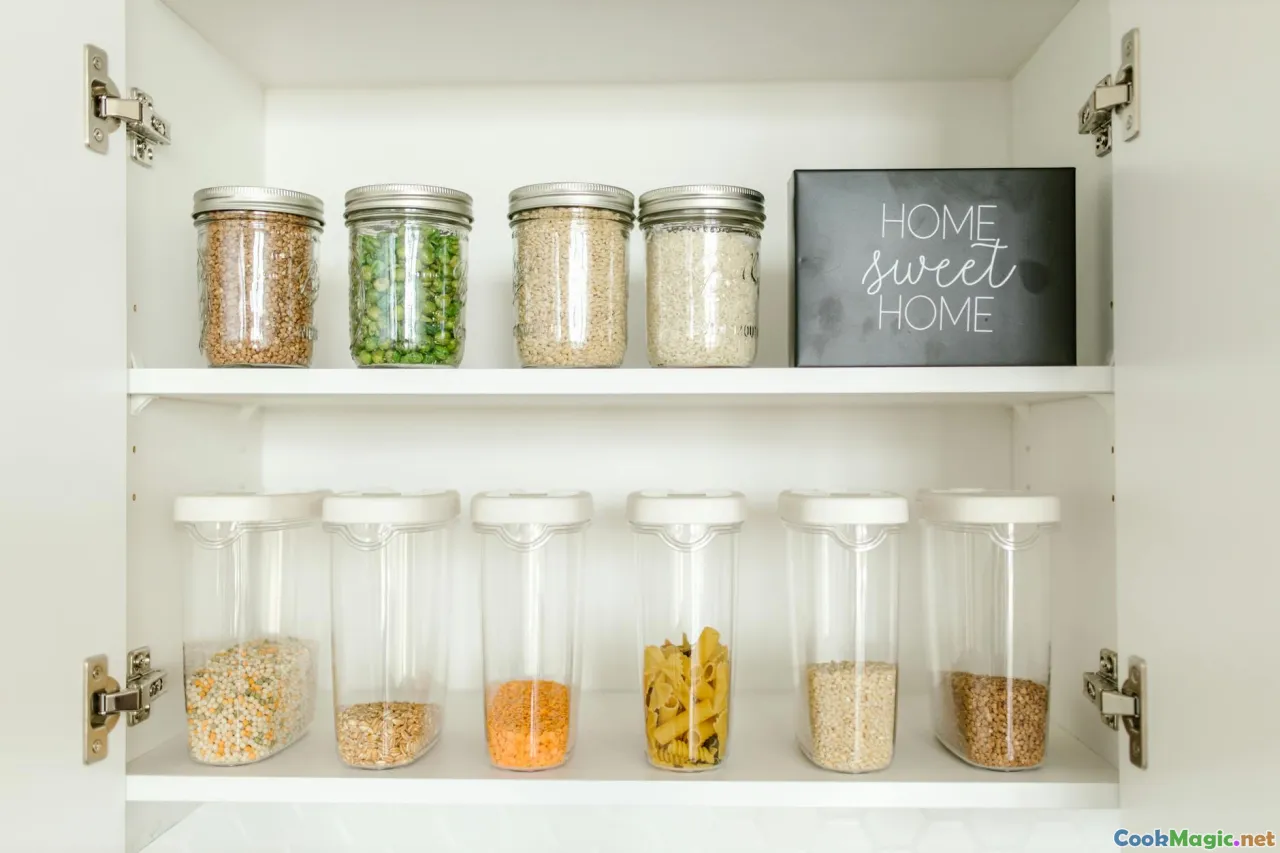
California cuisine’s lightness often obscures its hearty backbone: grains and beans. The Sacramento Valley grows medium-grain rice—think Calrose—that becomes the plush bed for salmon teriyaki in homes across the state. Local mills are reviving old wheats—spelt, emmer, Sonora—that taste like sunlight captured in straw. Fresh-milled flour from heritage grains smells like warm hay and honey; bread made with it has a depth that lingers.
Beans, particularly from purveyors like Rancho Gordo, have become culinary celebrities: midnight black beans with skins that gloss under light, ojo de cabra with a meatiness that makes vegetarians and carnivores shake hands, and royal coronas that turn brothy soups into feasts. Cook them slow with garlic that softens into silk, a bay leaf that perfumes the pot, and a drizzle of olive oil that tastes like green fruit.
Nuts define so many California textures. Almonds bloom in orchards like snow in February; in the kitchen, they roast into biscuits that smell like marzipan dreams. Pistachios dyed sun-bleached green crumble into pesto with basil and mint; walnut oil lends a gentle, bittersweet nuance to chicory salads. And then there is olive oil: peppery, grassy, almost spicy when fresh, softening and dignifying with time.
Fire, Smoke, and Santa Maria: The Barbecue Thread
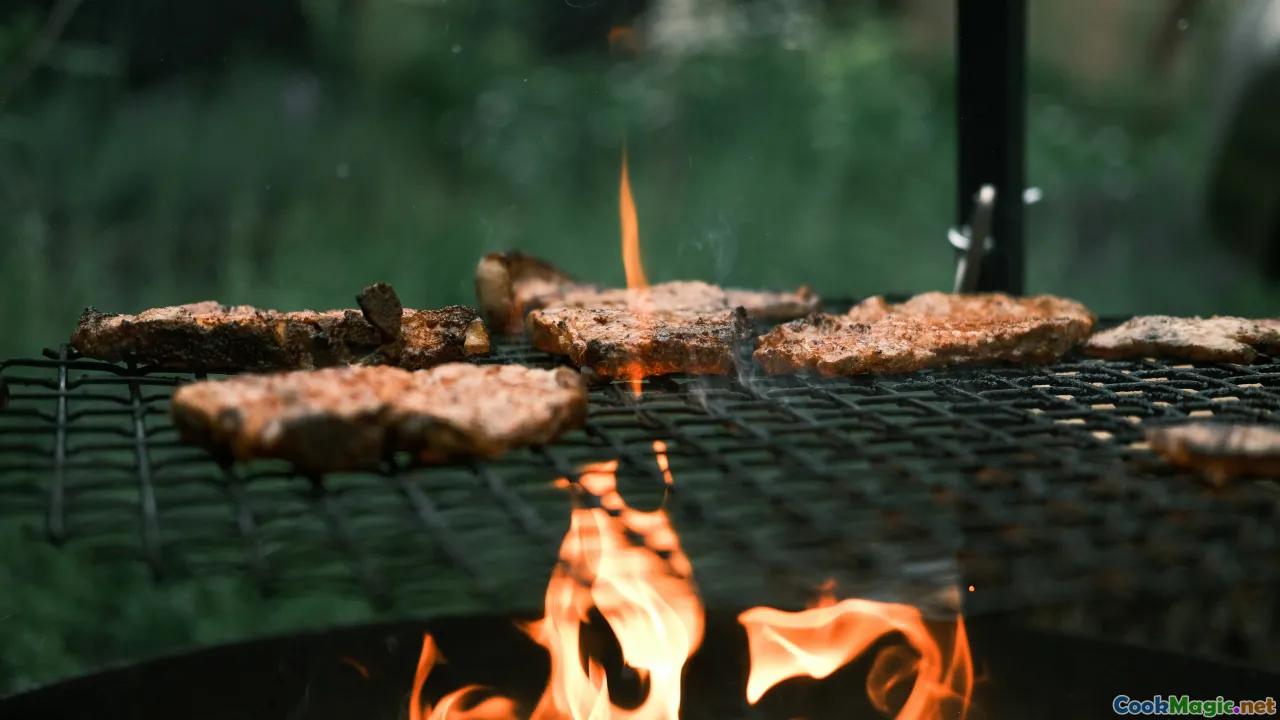
California barbecue is not a monolith, but Santa Maria stands as its brightest ember. On the Central Coast, red oak smoke wraps around tri-tip like a shawl. The cut, once overlooked, becomes tender and rosy when kissed by that specific wood. The seasoning is just enough: salt, black pepper, garlic powder. Pinquito beans simmer alongside, small and beany with a sweetness that likes a dash of vinegar. Salsa is simple and assertive: tomatoes charred until the skins blister and slip, jalapeños blackened, onions grilled until they exhale sugar.
On the plate: a strip of tri-tip seared the color of dark chocolate at the edges, pink moving toward peach in the center; a scoop of beans with a sparkle of chopped cilantro; salsa that tastes like fire and garden; a hunk of garlic bread toasted on the same grill until the butter runs into the crumb like a river through sand. It is rustic and elegant in equal measure, the very essence of what California cuisine can be when it leans into tradition and fire.
Case Studies: Restaurants That Shaped the Movement
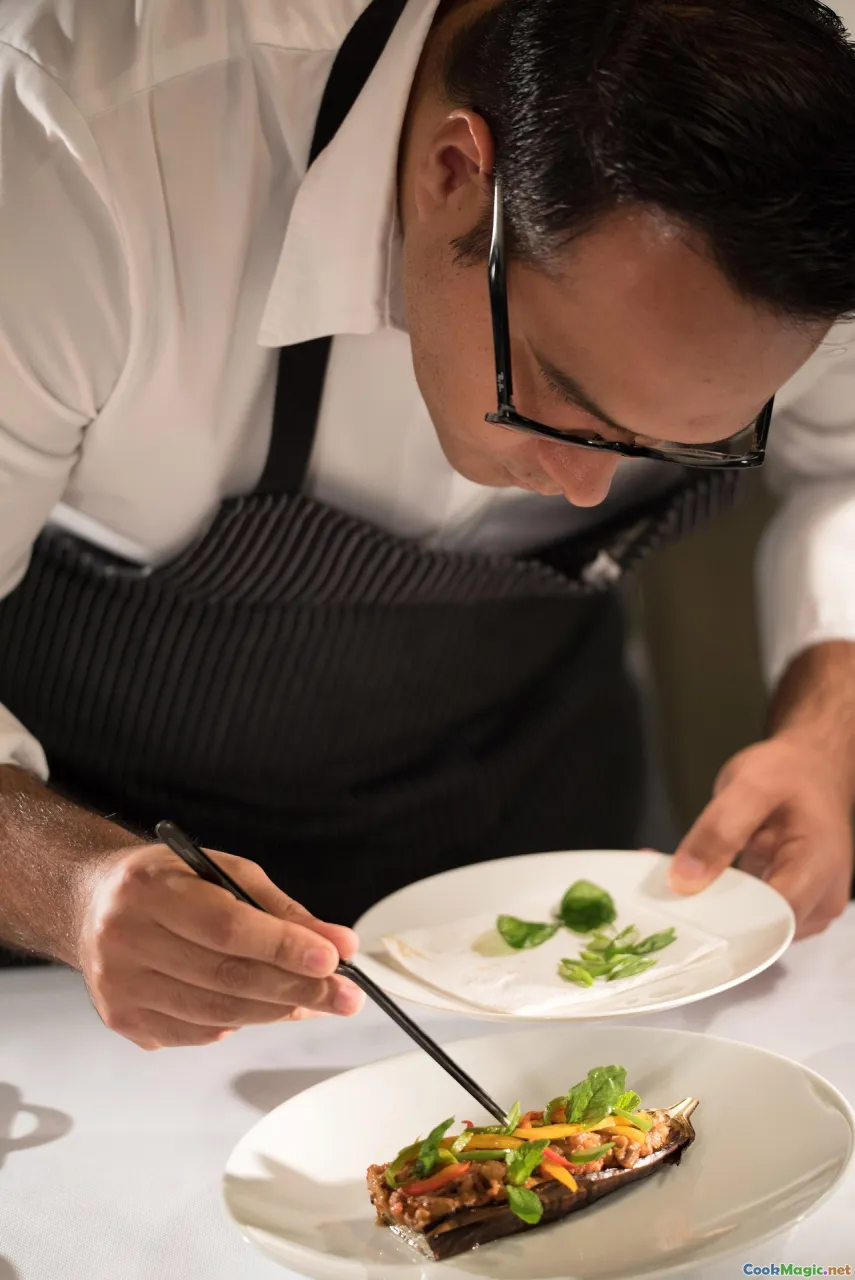
-
Chez Panisse, Berkeley: The menu reads like a weather report. A first course might be torn butter lettuces with chervil and tarragon, lemon vinaigrette; the second, grilled local sardines with roasted fennel and aioli; the third, a tart with apricots that appear for three perfect weeks and vanish. The cooking is deceptively simple in a way that only absolute attention can achieve.
-
Zuni Café, San Francisco: I remember the roast chicken coming to the table, legs splayed like a dancer mid-leap, skin lacquered. Beneath it, the bread salad—chicken drippings, currants, pine nuts, bitter greens—was a living proof of economy and grace. It tasted like everything and nothing more than what it was.
-
The French Laundry, Yountville: The garden is a thesis on terroir. Each carrot tastes like the idea of a carrot. There is rigor and silence to the place; tiny herbs placed with tweezers, yes, but also a tomato soup so pure it makes you laugh.
-
Gjelina, Venice: Plates come char-spotted. Vegetables are center stage: charred Brussels sprouts lacquered with vinegar and chili; pizza smeared with squash blossoms and burrata; a salad of market cucumbers, mint, and feta salted just enough to wake the melon on the plate.
-
n/naka, Los Angeles: Chef Niki Nakayama’s kaiseki is California through the lens of Japanese precision. A dish of sashimi sings with local yuzu, herbs from the garden, a slice of market peach. The calibrations are invisible; you simply taste clarity.
-
Manresa, Los Gatos: Before it closed, David Kinch used Love Apple Farms like a library. Vegetables came to the plate as chapters: a leek steamed under hay, a carrot slow-cooked until its sweetness turned savory like miso. The farm wasn’t garnish; it was the spine.
Techniques That Let Ingredients Sing

-
Blistering and charring: High heat creates flavor in seconds. A cast-iron pan left to smoke lightly will blister peppers until their skins appear freckled. The scent is smoky and grassy; the taste is a minor burning bitterness that awakens everything else on the plate.
-
Quick pickles: California likes crunch. Thin-slice radishes, cucumbers, or red onions and drown them in rice vinegar, sugar, and salt. Twenty minutes later they glow translucent and crackle under your teeth, sharpening fatty meats and soothing hot chilies.
-
Raw and barely dressed: California cuisine often asks you to stop cooking. Slice raw zucchini into ribbons and slick with lemon and oil; the texture is silk with a squeak. Early tomatoes get salt and oil; figs get honey and black pepper; peaches get nothing but a cold plate.
-
Vinaigrettes as perfume: Use three parts oil to one part acid as a guide, then play. Meyer lemon with olive oil and torn basil; sherry vinegar with walnut oil and minced shallot. The smell should make your mouth water before the fork reaches it.
-
Grill smoke as seasoning: Even a brief pass over flame can transform. Grilled lemons taste candied and deep; grilled avocados smear like butter and pick up oak perfume; grilled bread becomes a dish when rubbed with garlic and a cut tomato, Catalan-style.
-
Herb intensity: Herbs are not decoration; they are structural. In California cuisine, a salad might be half herbs: cilantro, mint, dill, tarragon. The aroma is a green fog.
Designing a Seasonal Menu: Two Menus for Two Months
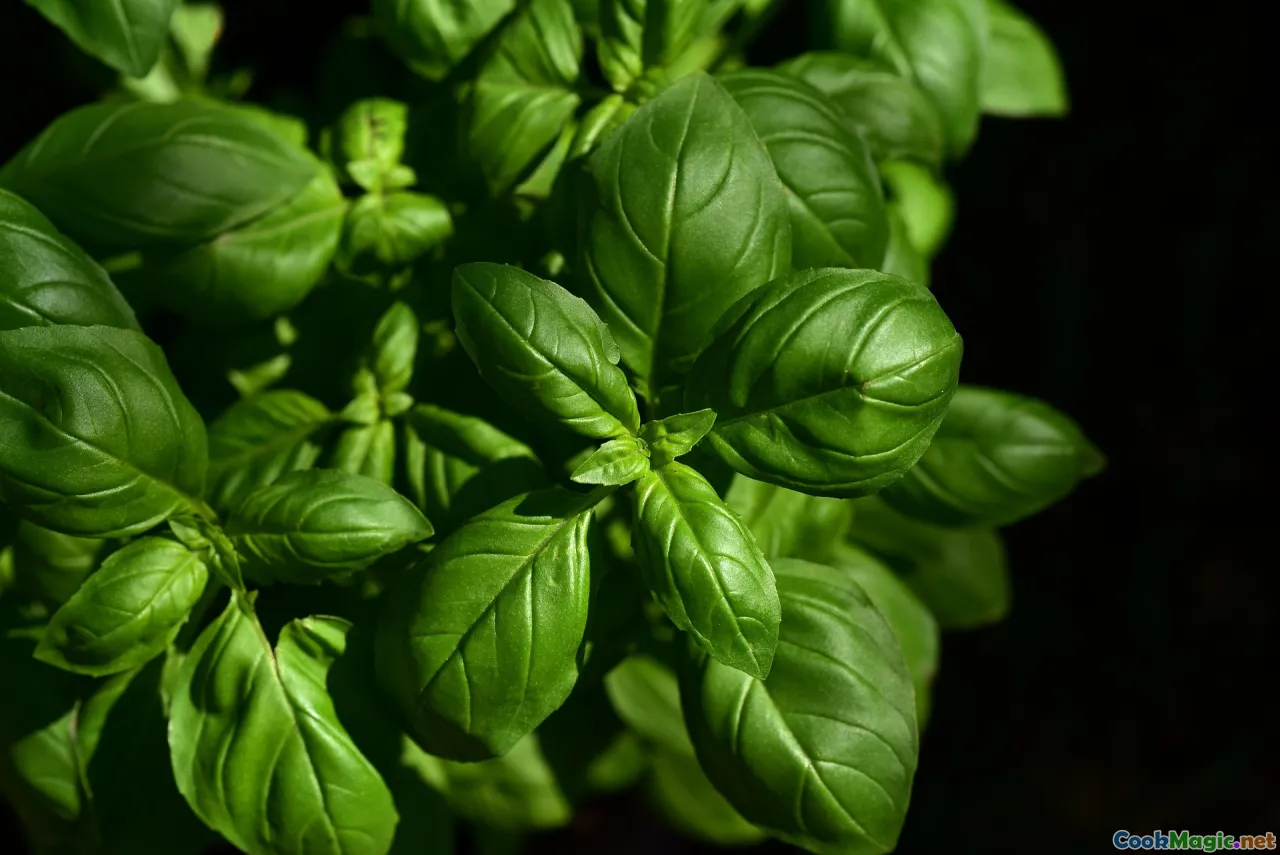
April menu (when rain lingers and asparagus stands like a marching band):
-
First: Asparagus salad, shaved and tossed with lemon zest, mint, and pecorino. The raw asparagus squeaks like a violin string; the lemon perfumes and the cheese provides salt and cream.
-
Second: Green garlic soup, velvety and pale, finished with a drizzle of olive oil so fresh it tingles in the back of the throat. Croutons fried in butter float and slump, soaking up spring.
-
Third: Petrale sole with a splash of white wine, capers cured in sea salt, and a handful of chopped parsley. The fish flakes in moist petals; the sauce whispers of citrus and brine.
-
Sweet: Strawberries macerated with a little sugar and black pepper, spooned over thick yogurt and a crumble of pistachios. The berries collapse into syrup; the yogurt cools like a lake at dusk.
September menu (when tomatoes and peppers are still shouting, and nights ask for a sweater):
-
First: Heirloom tomato and stone fruit panzanella with torn sourdough, sherry vinegar, and basil. The bread soaks tomato juice and peach liquor, a savory-sweet drench.
-
Second: Grilled eggplant with tahini-yogurt, pomegranate seeds, and fresh oregano. The eggplant is smoky custard in a wrinkled jacket; the seeds detonate like candy.
-
Third: Bone-in pork chop from a farmer who can tell you who its parents were, brined with citrus peel and grilled over almond wood. Served with charred padron peppers and a squeeze of lemon. The fat renders and bastes in place; the meat blushes.
-
Sweet: Roasted figs with a drizzle of honey and a tumble of toasted almonds, served alongside a cold scoop of mascarpone. The figs slump and shine, their interiors like stained glass.
Farmers’ Voices: What I’ve Learned from the People Who Grow
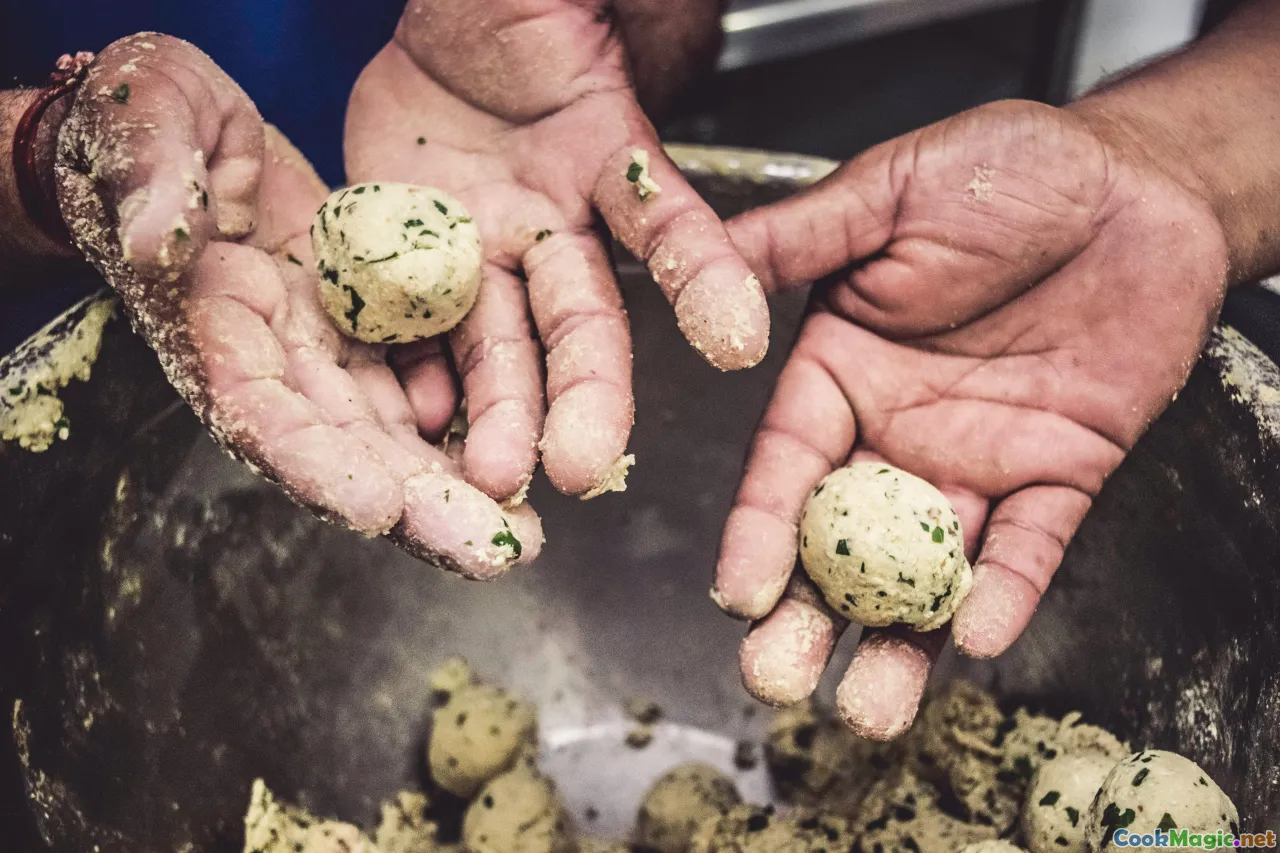
At Chino Farm near Rancho Santa Fe, I once asked why their carrots are so sweet. A woman behind the counter shrugged and said, soil and patience. She talked about thinning rows with the care of a parent trimming bangs. The carrots tasted like sunlight hidden in sugar.
A strawberry grower in Oxnard told me that fog is more than mood lighting; it slows the ripening, keeps acidity from vanishing. He sliced a berry with a pocketknife and handed me half. It was firm, juicy, and smelled like the memory of June.
A fisherman at Pillar Point Harbor sold me halibut still stiff with rigor. He said, cook it soon and barely. I laid it in a pan with olive oil and thyme and listened to it sizzle, the flesh turning from translucent to a satin white. The first bite was like a quiet conversation with the ocean.
I remember a woman from a small herb farm in Sonoma explaining why her basil tastes different in September. Less water, she said. The plant works harder; the oils get stronger. She rubbed a leaf between her fingers and lifted it to my nose. It smelled like summer sharpening—peppery, floral, almost minty.
And there is a tougher lesson, too: the farm-to-table movement can forget the hands. The hands belong to field workers who bend, pick, pack, and carry under sun. The movement is not honest if it does not include fair labor. There is a human terroir here—stories of families, of pickers at dawn, of union marches through fields. To eat California cuisine with integrity is to honor all of those hands and demand the systems honor them, too.
The Future: Drought, Regeneration, and California’s Next Plate
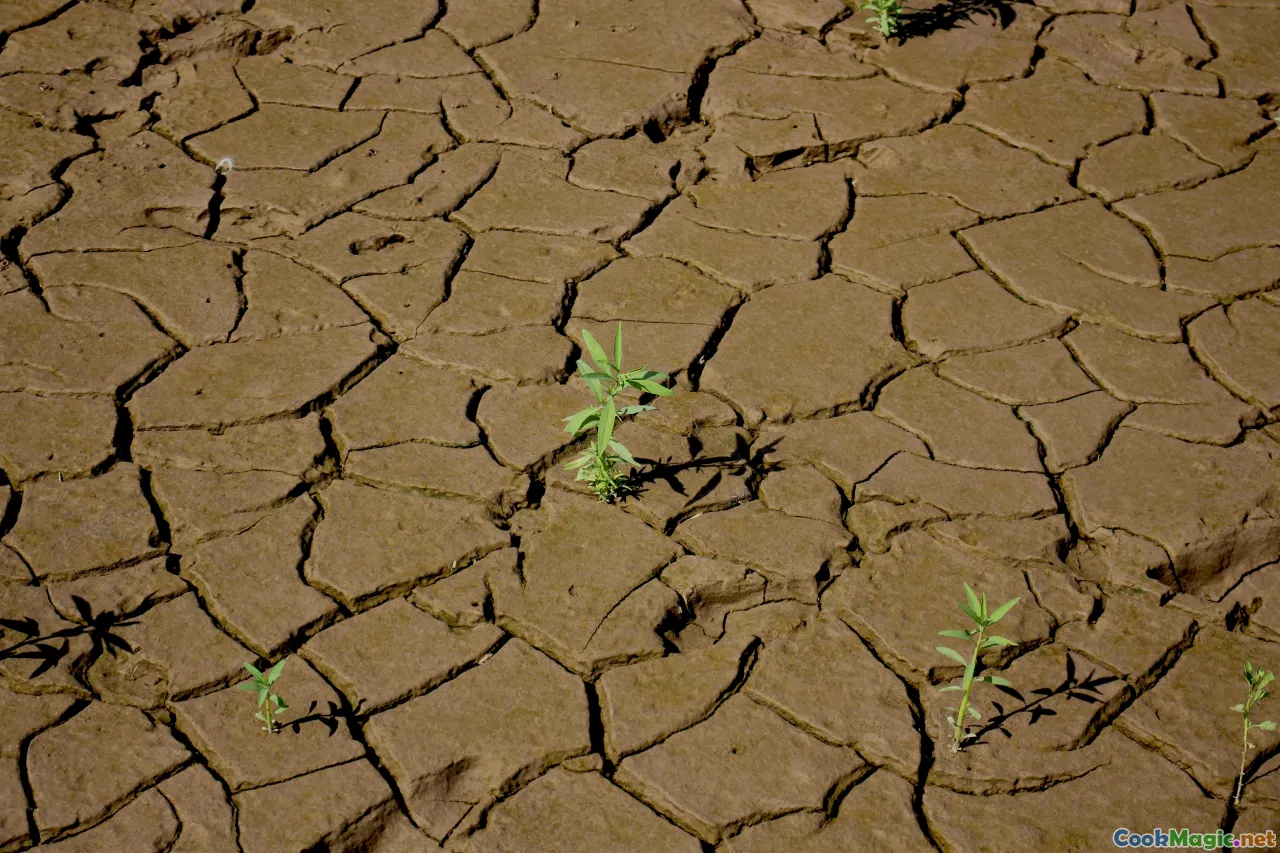
Drought taught California kitchens a new flavor: restraint, endurance. Farmers respond with dry-farming, deficit irrigation, mulching, and sun-smart varietals. Dry-farmed tomatoes are a new normal; their concentrated sweetness is not just delicious, it is a strategy. Olive groves march across hillsides where thirsty crops once stood. Regenerative practices flourish: cover crops, compost, rotational grazing. I visited a ranch in Marin where sheep move like slow waves across pasture; the rancher opened the soil with a spade and showed me its crumble, dark as chocolate cake and smelling like rain.
In the kitchen, waste is a frontier we are conquering again. Cooks pickle chard stems until they snap, use carrot tops to make pesto that tastes faintly of parsley and herb gardens, whip whey into vinaigrettes, and simmer bones until broth tastes like patience. Menus speak the language of climate: more legumes, more ancient grains, more creative uses of less water. Chefs showcase native plants—manzanita berries, California bay, yerba santa—with respect and collaboration.
The cultural tapestry continues to deepen. Oaxacan cooks weave yellow corn masa into tlayudas with Monterey jack and heirloom beans; Filipino restaurants in LA serve sinigang with farmers market tomatoes that tilt the broth toward summer; Vietnamese cooks in Orange County slice herbs into salads with such bracing brightness that you taste the whole garden. California cuisine evolves by absorbing, honoring, and celebrating these practices.
If the first wave of farm-to-table was farmer names on menus, the next is soil metrics next to tasting notes, fair wages written into prices, micro-habitats mapped onto dish decisions. We talk in seasons and spans of rain but also in carbon and biodiversity. And amid all of that science and ethics, the food remains what drew us there in the first place: a peach so ripe it seems to hum; a grilled fish that tastes of clean ocean and warm wood; a salad that smells like crushed herbs and cool stone.
The night I finally understood farm-to-table came not at a restaurant but in a backyard in Highland Park. A hibachi hissed. A neighbor brought over a bag of lemons from her tree, their skins mottled and imperfect, smelling like cologne. We blistered shishitos until they sighed, salted them, and ate with fingers. Corn charred and got painted with butter and lime. A plate of tomatoes glowed. We ate with the light fading, streetlights clicking on and the air in that sweet hour where you can smell both dinner and jasmine. It felt like living in a pantry stocked by the weather itself.
California cuisine is not a trend. It is a way of being at the table: eyes open, hands grateful, curiosity awake. It is looking at a tomato and asking, what week are you in? Looking at a menu and reading not only dishes but landscapes, labor, history. It is remembering that a perfect strawberry is a miracle of fog, bees, hands, and luck—and that the best way to honor all of that is to bite slowly, to taste fully, and to pass the bowl so everyone gets one more.









